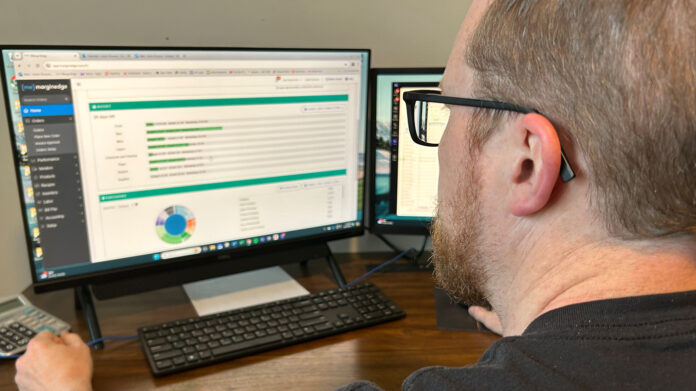Several F&B leaders recently shared how they have risen to meet major challenges including labor shortages, higher food and labor costs, and the need to consider the environment as well as the bottom line. Their comments generally boil down to turning a critical eye to many time-honored hotel F&B practices and adopting more cost-effective and efficient solutions. This often means rethinking the traditional hotel restaurant model with its three meals daily, something-for-everyone menu, and large staff.
Identify and focus on profit centers | Steve Palmer founder, managing partner and chief vision officer of Indigo Road Hospitality Group, is all about his “aggressively profitable” restaurants, and the key is identifying that sweet spot for increasing F&B profit. At his properties, said Guy Reinbold, corporate director of F&B at Meyer Jabara Hotels, he can best “drive up the top line”—i.e., revenue—via catering banquets.
Take advantage of purchasing partners | Beyond that something-for-everyone menu are the efficiencies that can be gained from sourcing the items for a mindfully devised menu via a purchasing partner. Jack Paul, executive vice president of operations, Twenty Four Seven Hotels, uses a large purchasing program that “relies on our broader purchasing power—through partnerships with our food vendors.” Reinbold even asks his food vendors to “help with the labor piece” by delivering the vegetables already shredded or diced, and the meat or fish already sliced.
Streamline menus to minimize cost and waste | Significant reductions in cost and waste can be achieved through mindful—and limited—menu creation and portion sizes. Drift Hotel Palm Springs restaurant Executive Chef Ysaac Ramirez emphasized their efforts to avoid waste, including cross-utilization and controlled portion size.
Flexible staffing | Suggestions on flexible staffing include having venues that require less labor, using part-time staff more closely aligned to demand, and cross-training staff to maximize flexibility, stretching staff job descriptions to enable wider coverage. Caveats related to a staffing model tied so closely to the bottom line included potential failure to meet high guest expectations and the need to offer the kind of opportunity and stability required to support retention.
Leverage technology | The role of technology in hospitality, as elsewhere, is quickly evolving. At this time, Palmer uses a software platform called Margin Edge to help manage cost and waste, and Paul depends on the company’s POS system to provide accurate data about what is and is not selling. But Brian Gil, general manager, Drift Hotels, is on the fence about just how far technology can go in the hospitality industry. “In my opinion, it will be hard to replace the warmth of a genuine smile and a kind recommendation. Hospitality is after all an extremely human and community-building process at its core,” he said.










